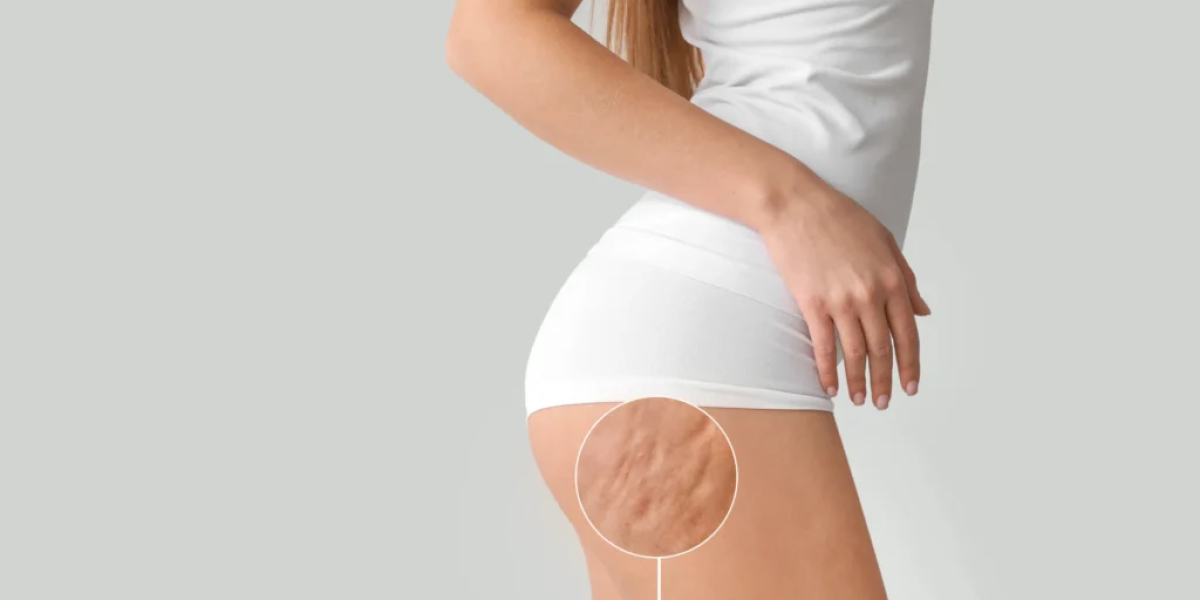Cellulite is a common skin concern affecting people of all shapes and sizes. Characterized by dimpled, lumpy skin—most commonly on the thighs, buttocks, and hips—cellulite can affect confidence and body image. While it’s not a medical issue, many individuals seek ways to reduce its appearance. Treatments range from DIY remedies and topical creams to advanced in-clinic technologies. But how do these options really compare? Here’s a look at the best at-home and in-clinic cellulite treatments, and what sets them apart.
Understanding Cellulite and Its Causes
Before diving Cellulite Treatment in Dubai (إزالة السيلولايت في دبي), it’s important to understand what cellulite is. It occurs when fat deposits push through the connective tissue beneath the skin. This creates the uneven surface or dimpling effect commonly associated with cellulite. Hormonal changes, genetics, poor circulation, and lifestyle factors like diet and physical inactivity can contribute to its development. While it’s more prevalent in women due to differences in fat distribution and connective tissue, men can also experience it. Treatments aim to either break up the fat deposits, stimulate collagen production, or improve circulation and skin elasticity.
Popular At-Home Cellulite Treatments
At-home treatments have become increasingly popular due to their convenience and ease of use. Dry brushing is a widely practiced technique that involves massaging the skin with a stiff-bristled brush to improve blood flow and promote lymphatic drainage. Similarly, massage devices with suction and rolling functions claim to break up fat cells and smooth the skin. Topical creams containing caffeine or retinol are also used to temporarily tighten skin and reduce the visibility of cellulite.
Consistency is key with these at-home methods. Results are usually subtle and take weeks to months of daily application or use. While these approaches can improve skin texture and firmness, they generally don’t penetrate deeply enough to target the root cause of cellulite. However, they do offer a non-invasive and accessible way to manage the appearance of cellulite, especially when combined with exercise and a healthy diet.
Advantages of In-Clinic Treatments
In-clinic treatments are known for delivering more noticeable and longer-lasting results. These procedures often use advanced technologies such as radiofrequency, laser therapy, acoustic wave therapy, or vacuum-assisted subcision. Each method targets cellulite in a different way—some stimulate collagen production and improve skin elasticity, while others break down fibrous bands that cause dimpling.
Radiofrequency and laser-based treatments are particularly popular for tightening the skin and reducing fat pockets. Meanwhile, procedures that use mechanical suction or vibration help boost lymphatic flow and circulation. The precision and depth that in-clinic tools offer make them significantly more effective than topical or surface-level treatments. Many people notice a reduction in cellulite after just a few sessions, though maintenance may still be required.
Safety and Supervision
One of the biggest differences between at-home and in-clinic treatments is the level of supervision and customization. In-clinic options are typically administered by trained professionals who assess your skin condition and recommend a treatment plan tailored to your body type and goals. This personalized approach helps to minimize risks and maximize results.
At-home devices and creams, while generally safe for most skin types, may carry risks if used improperly. Overuse or aggressive techniques can lead to skin irritation, bruising, or allergic reactions. Therefore, users must carefully follow instructions and be aware of how their skin responds. While not as targeted as in-clinic procedures, at-home treatments offer a safer route when used with caution and consistency.
Duration of Results and Maintenance
When it comes to results, in-clinic treatments typically have the upper hand in both effectiveness and longevity. Some in-clinic procedures offer semi-permanent improvements that can last for several months or even longer with periodic maintenance. These treatments work deeper under the skin and stimulate natural repair processes like collagen formation.
In contrast, at-home treatments usually offer temporary or surface-level changes. For example, the tightening effects of caffeine-based creams may wear off after a few hours. To maintain any improvement, users must stick to a strict routine, which may become difficult to maintain over time. However, for individuals looking for a gentler or supplementary approach, at-home methods can complement professional treatments.
Lifestyle Integration and Convenience
At-home cellulite treatments offer unmatched convenience. They can be performed anytime and anywhere, making them ideal for individuals with busy schedules or those who prefer privacy. They’re also easier to incorporate into a broader wellness routine that includes exercise, hydration, and a balanced diet—all of which play a role in reducing the appearance of cellulite.
On the other hand, in-clinic treatments typically require appointments, travel time, and occasional downtime depending on the procedure. This may not be suitable for everyone. However, the time invested is often rewarded with more dramatic results. For individuals looking for a more structured and results-driven solution, the commitment to in-clinic treatments often pays off.
Final Thoughts:
There is no one-size-fits-all solution when it comes to treating cellulite. The best option depends on individual needs, preferences, skin type, and commitment level. At-home treatments are ideal for those seeking a non-invasive, low-risk method to improve skin texture gradually. They are especially useful for maintenance or as a starting point for those new to cellulite care.












